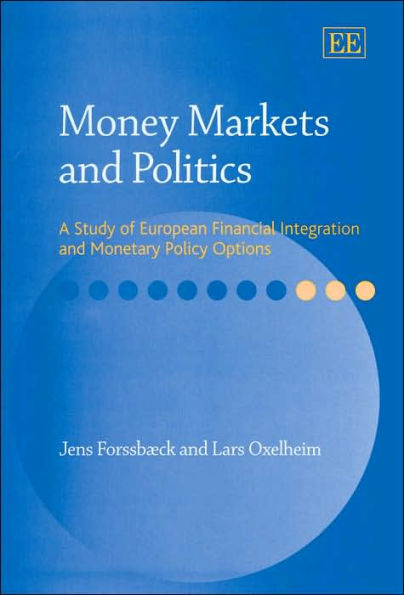This book sheds light on these arguments by examining the relationship between the international integration of domestic money markets and the degree of monetary-policy independence in eleven small, open economies in Europe. The authors address these important issues in the context of a broad-based historical analysis of market formation and growth, exchange-rate policies and deregulation. They find that political motives, in conjunction with competitive forces, path dependence and institutional factors, are a major determinant of market development. Moreover, they reveal that credible commitment to a stability goal is a far more reliable predictor of monetary-policy autonomy than the adoption of a specific exchange-rate regime.
This accessible investigation of the relationship between domestic money-market development, international financial integration and the monetary-policy options available to small, open economies will be welcomed by students and researchers of macroeconomics, financial economics and political economy. The extensive empirical research and original conclusions will also be of interest and benefit to corporate decisionmakers, bankers, policymakers and regulators.
This book sheds light on these arguments by examining the relationship between the international integration of domestic money markets and the degree of monetary-policy independence in eleven small, open economies in Europe. The authors address these important issues in the context of a broad-based historical analysis of market formation and growth, exchange-rate policies and deregulation. They find that political motives, in conjunction with competitive forces, path dependence and institutional factors, are a major determinant of market development. Moreover, they reveal that credible commitment to a stability goal is a far more reliable predictor of monetary-policy autonomy than the adoption of a specific exchange-rate regime.
This accessible investigation of the relationship between domestic money-market development, international financial integration and the monetary-policy options available to small, open economies will be welcomed by students and researchers of macroeconomics, financial economics and political economy. The extensive empirical research and original conclusions will also be of interest and benefit to corporate decisionmakers, bankers, policymakers and regulators.

Money Markets and Politics: A Study of European Financial Integration and Monetary Policy Options
304
Money Markets and Politics: A Study of European Financial Integration and Monetary Policy Options
304Hardcover

Product Details
| ISBN-13: | 9781843764458 |
|---|---|
| Publisher: | Edward Elgar Publishing |
| Publication date: | 02/19/2004 |
| Pages: | 304 |
| Product dimensions: | 6.12(w) x 9.25(h) x (d) |
